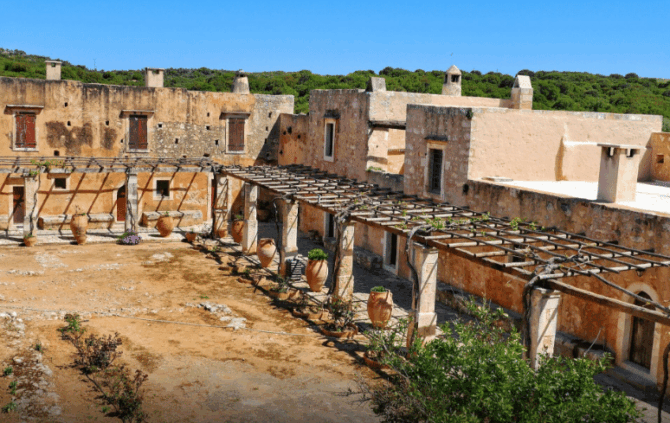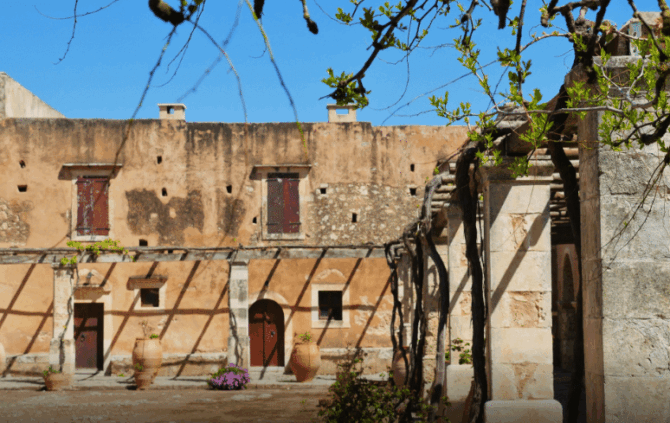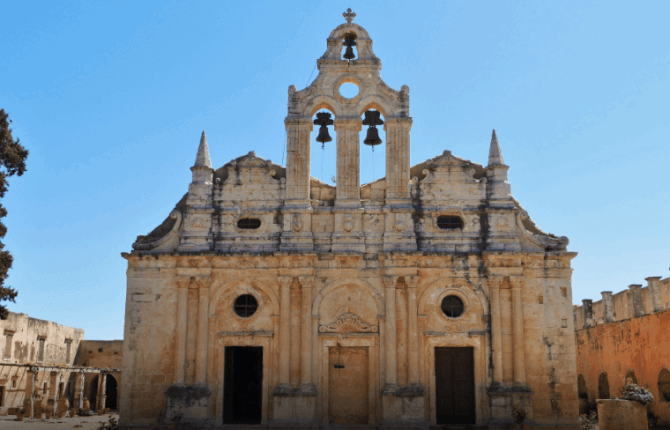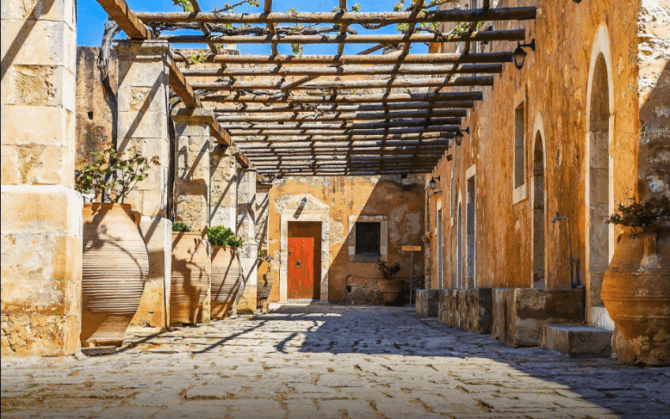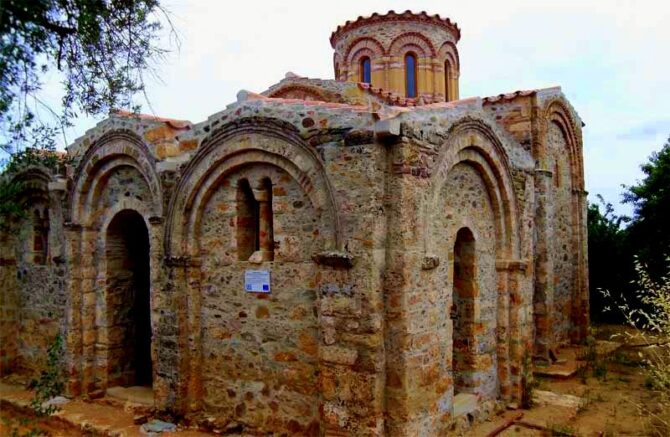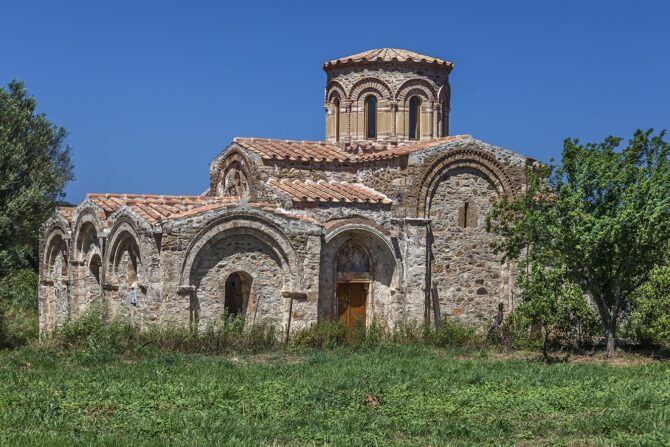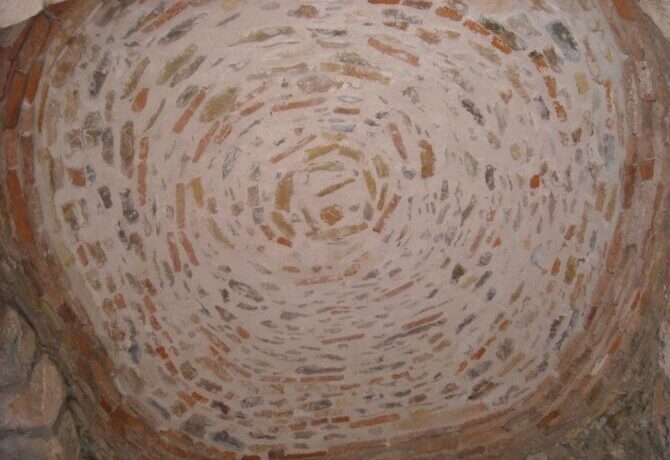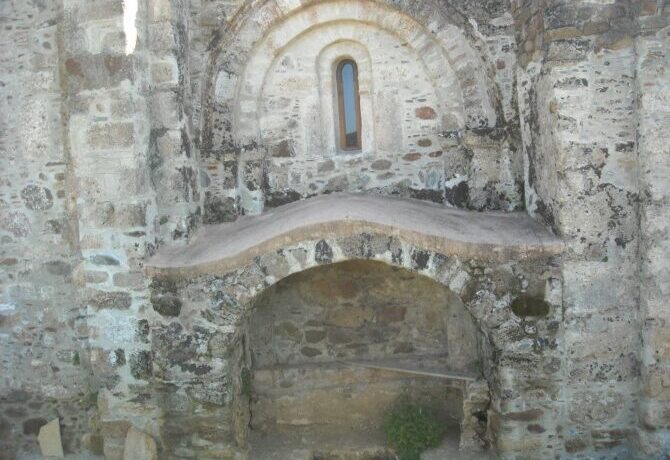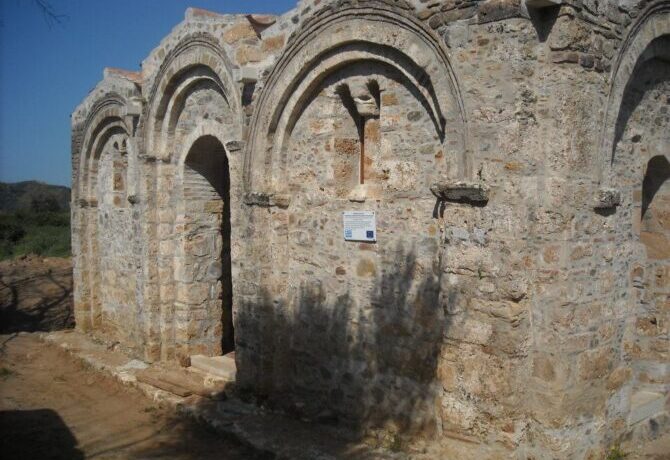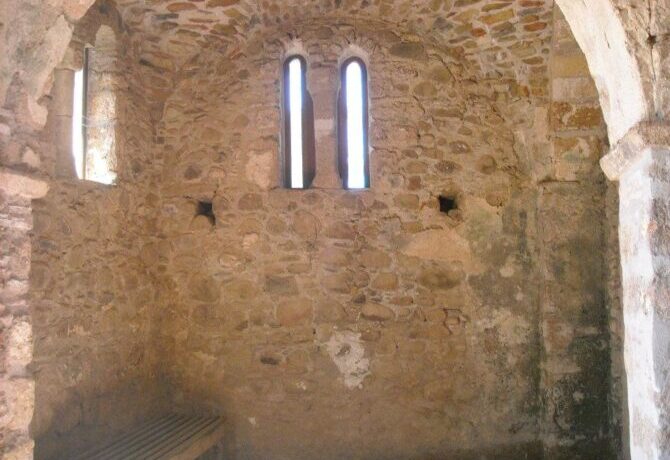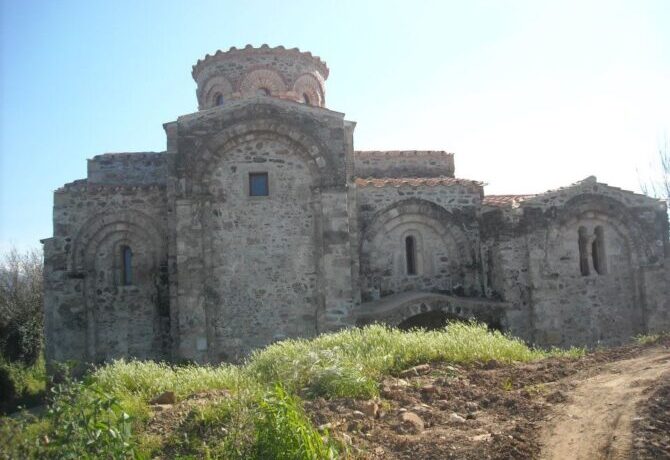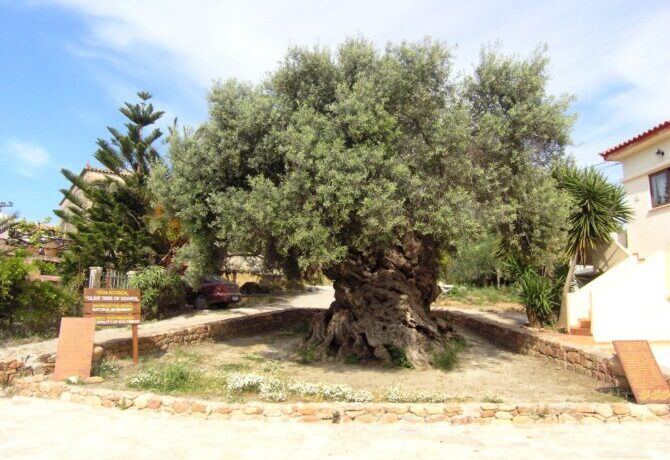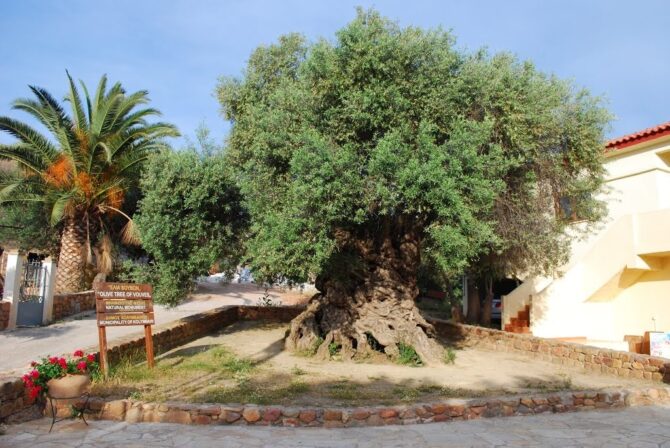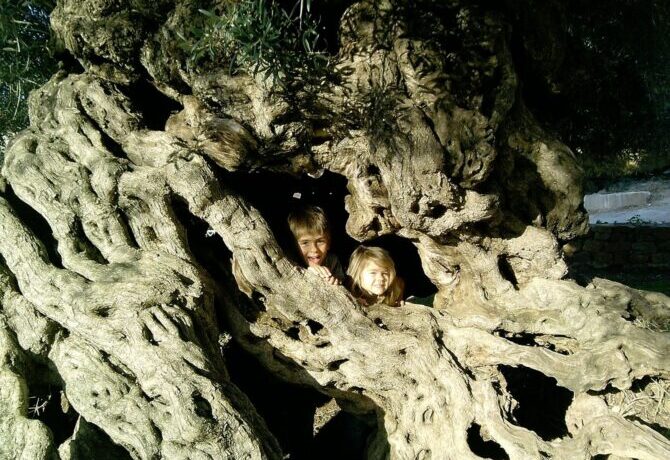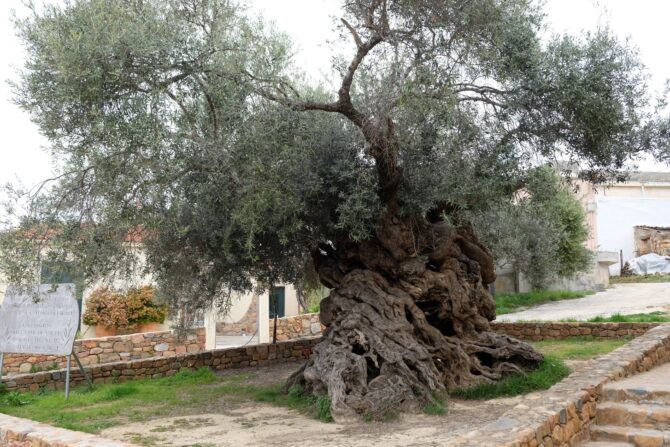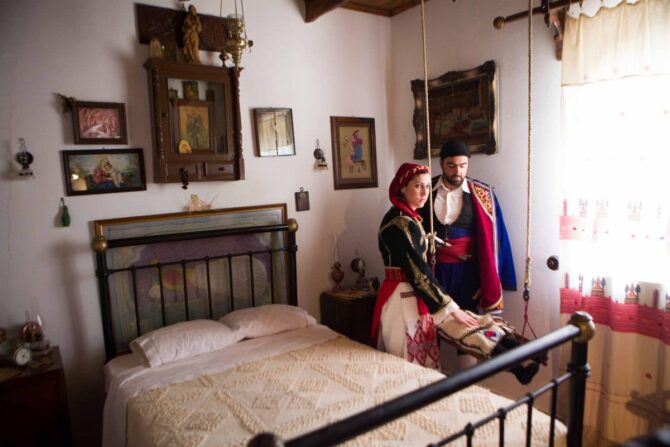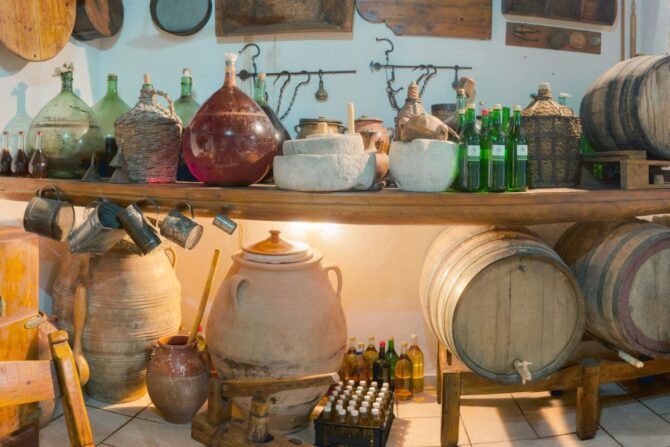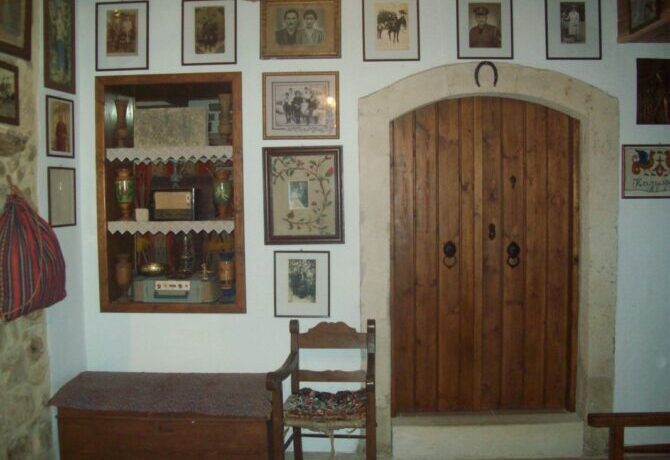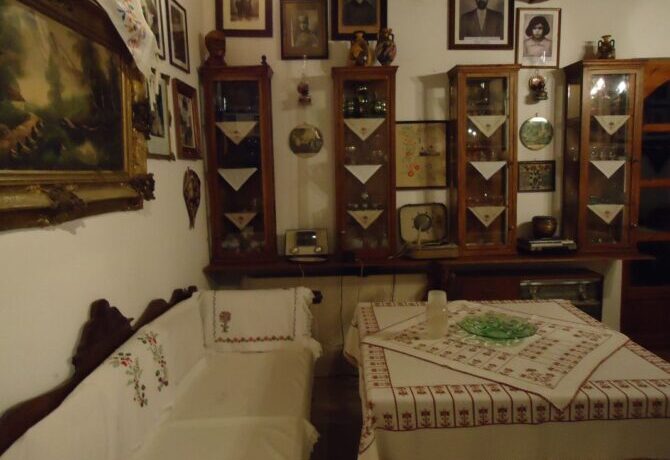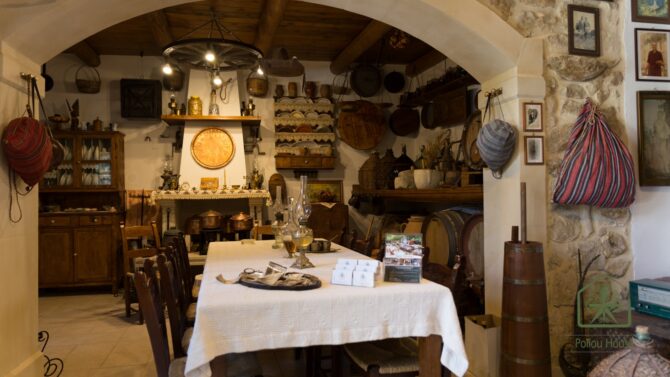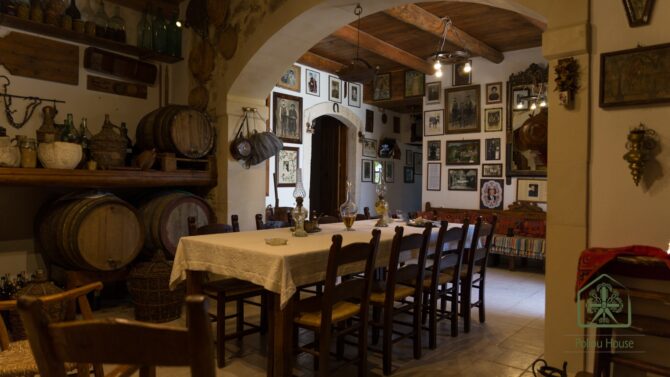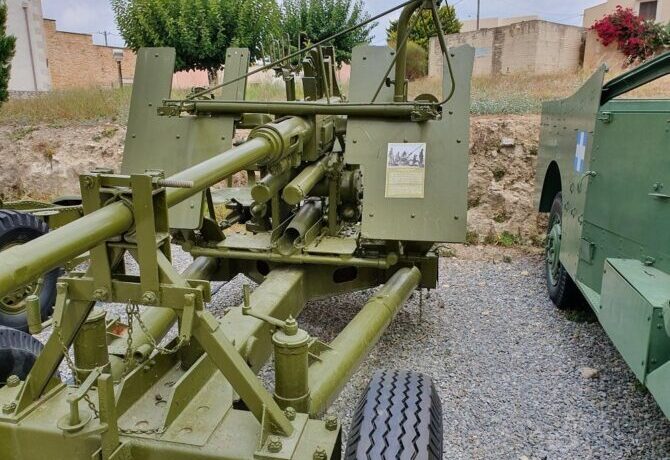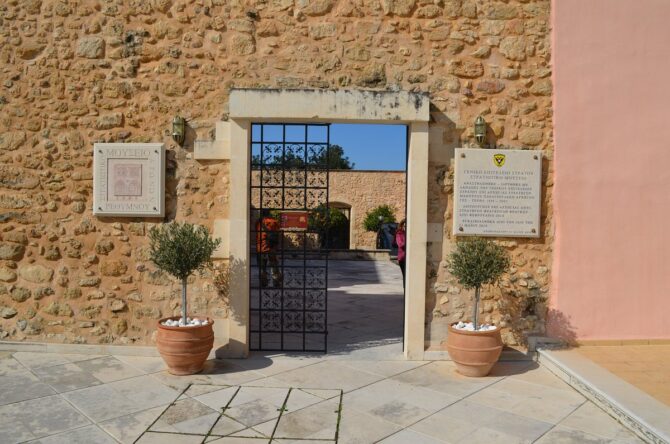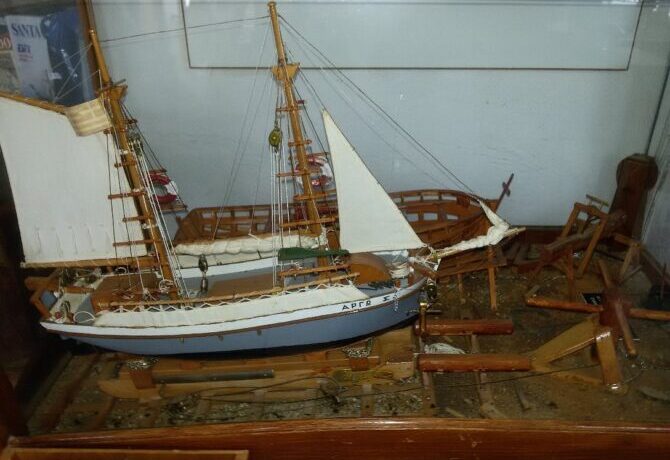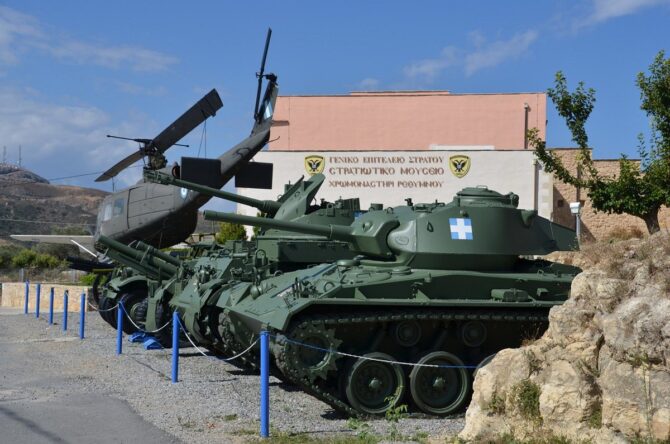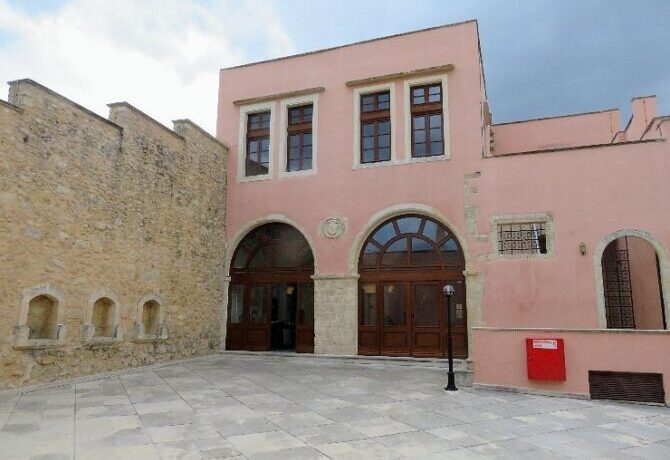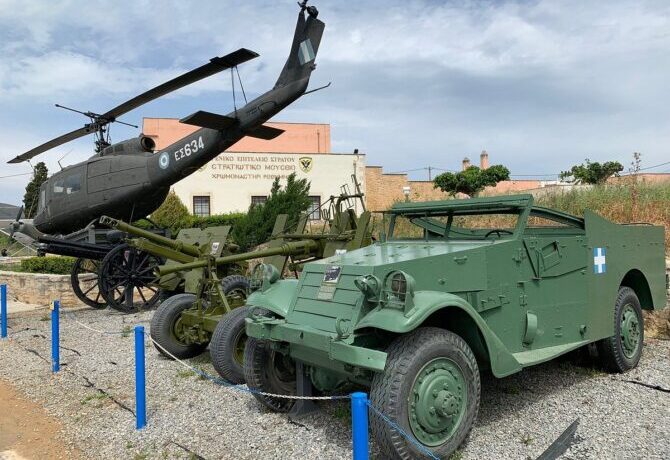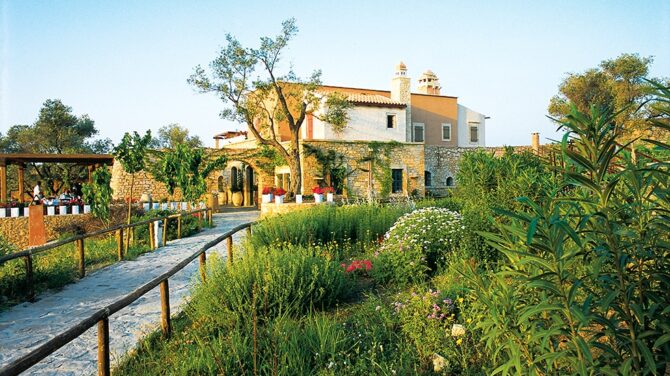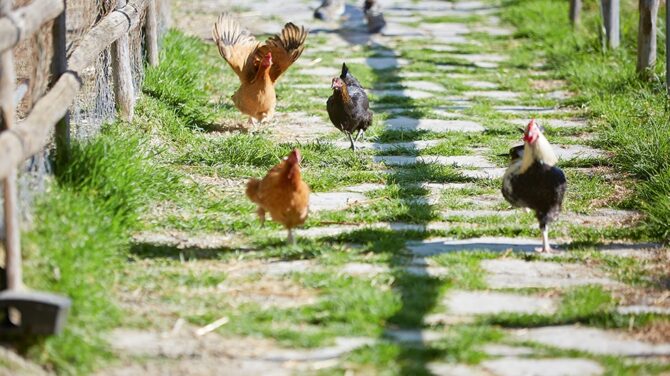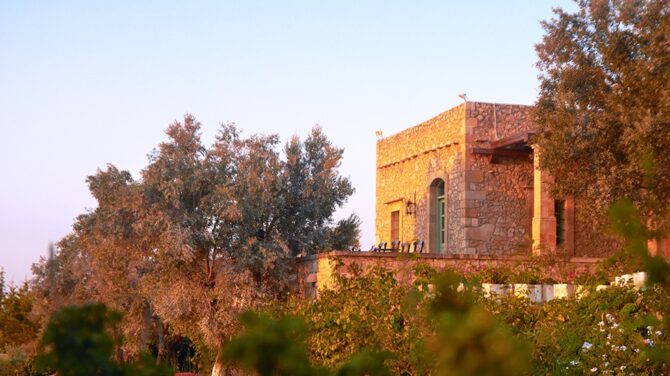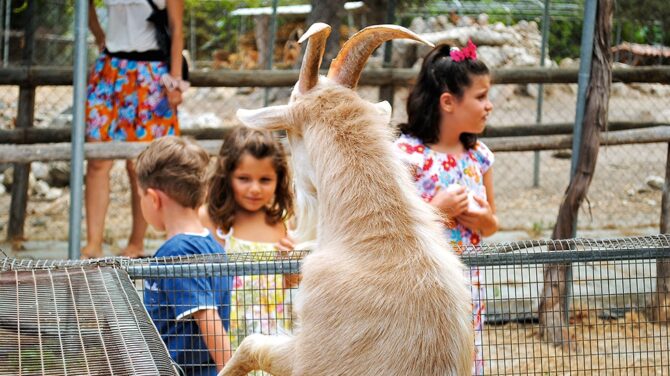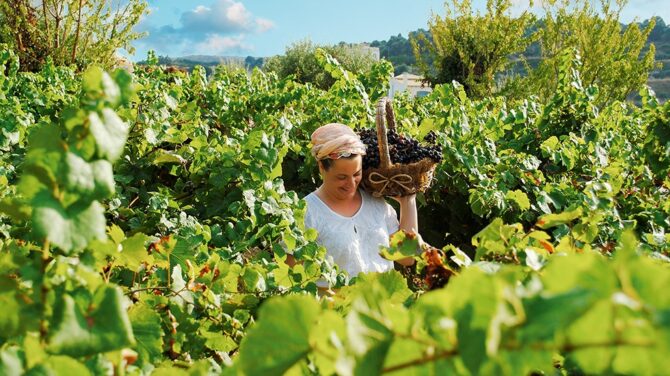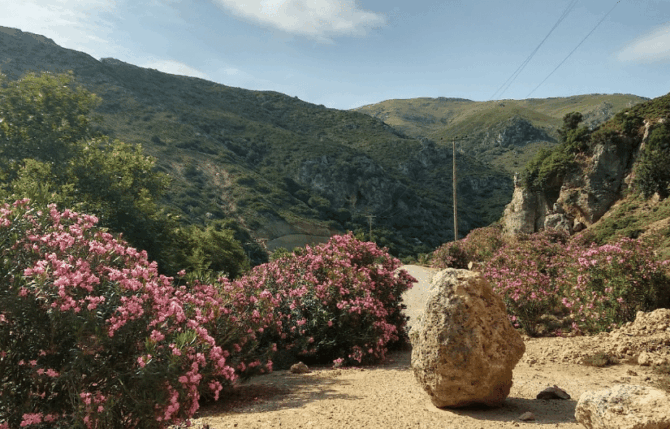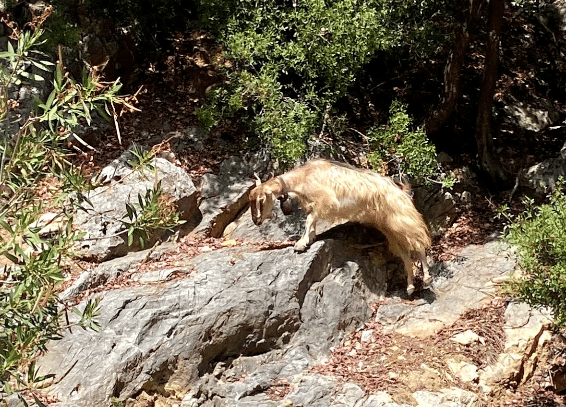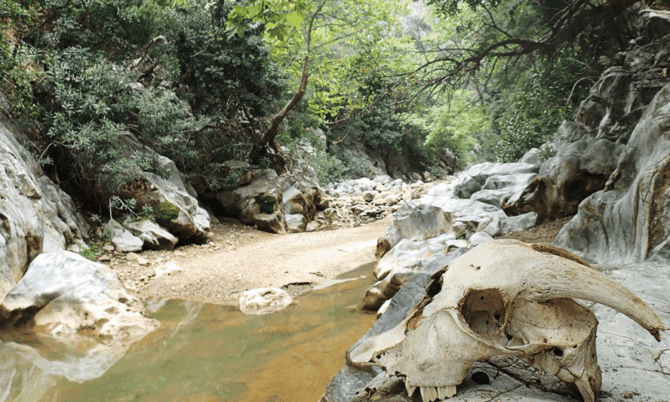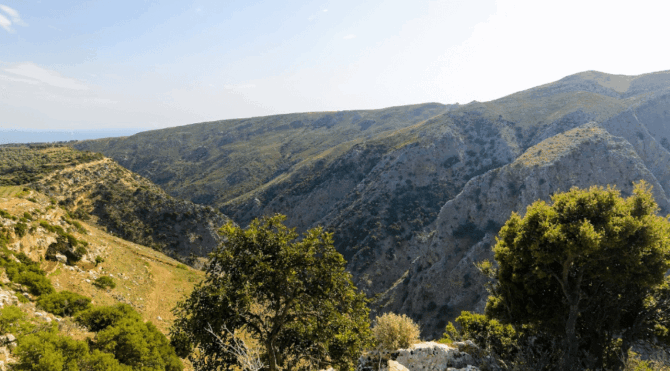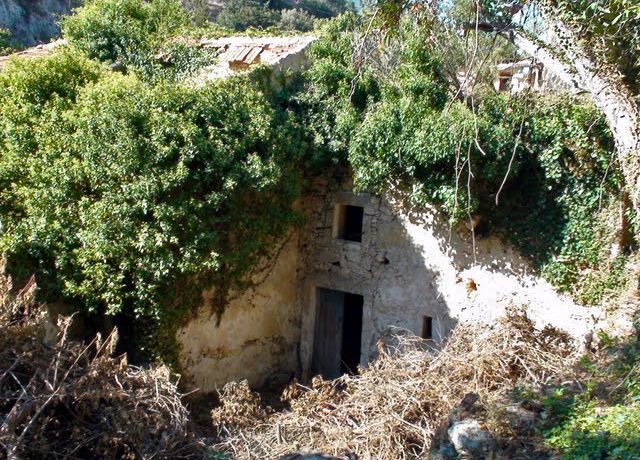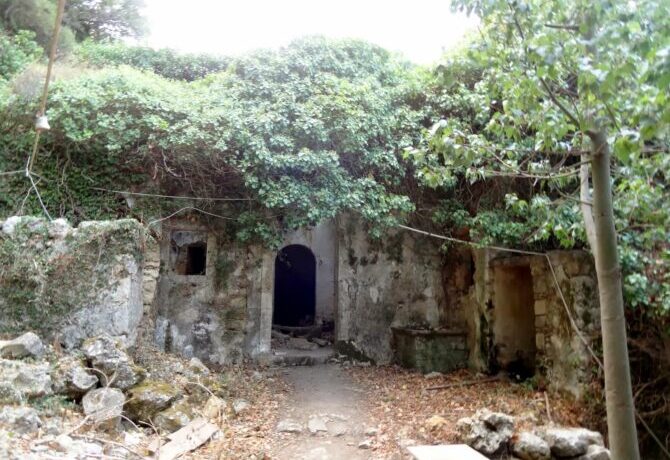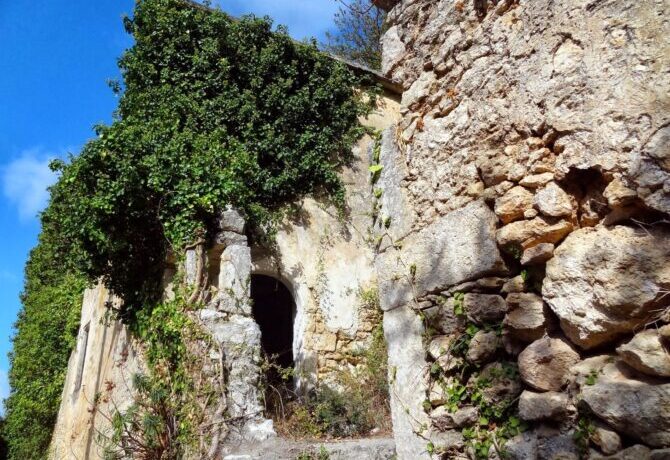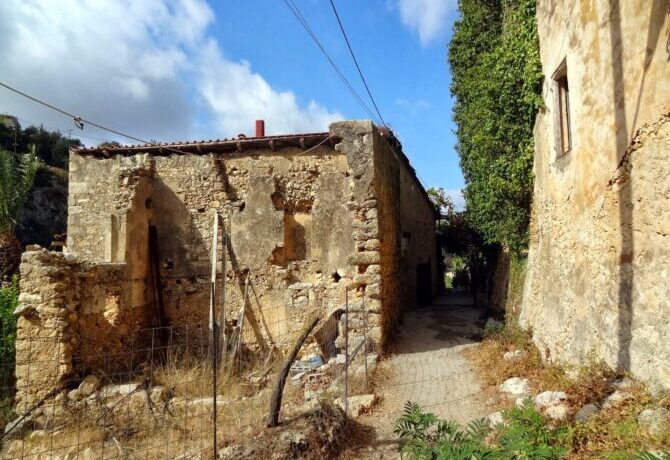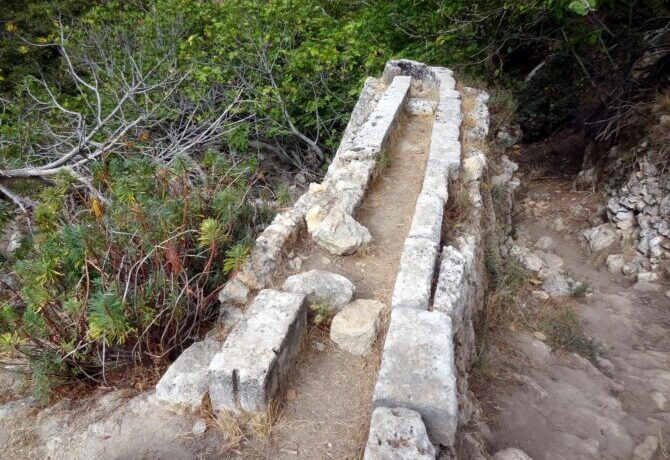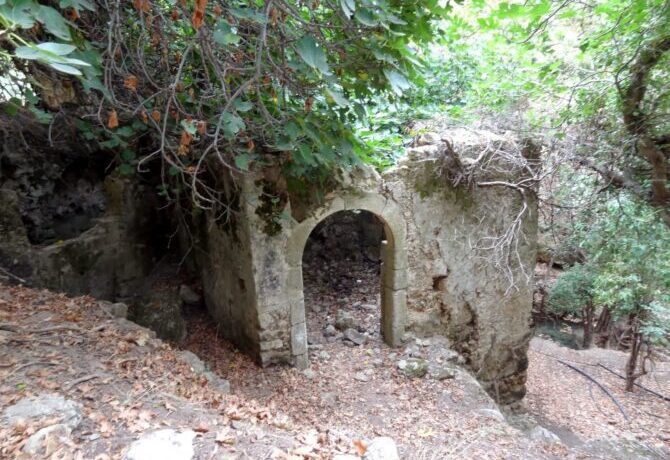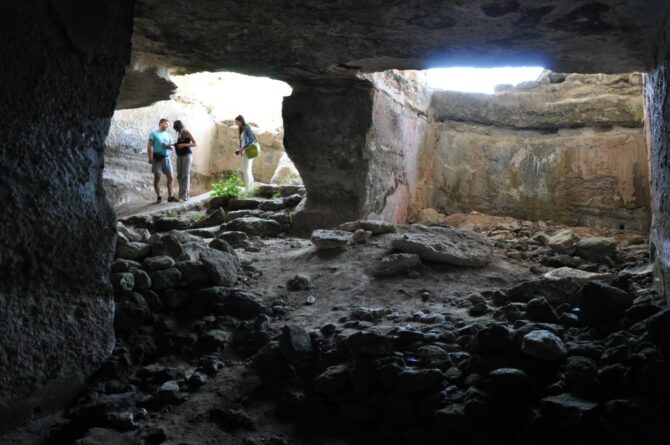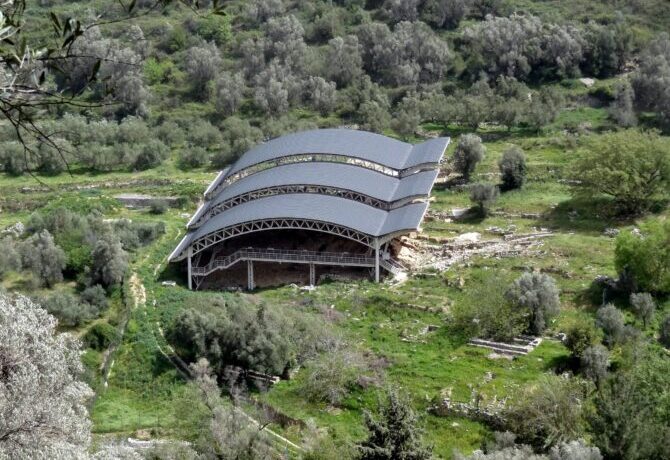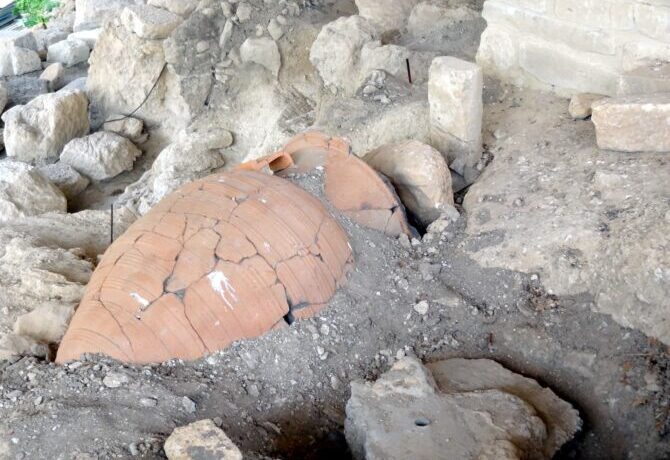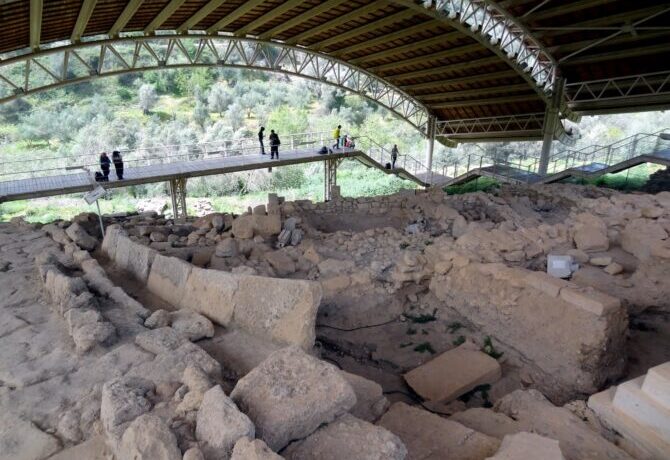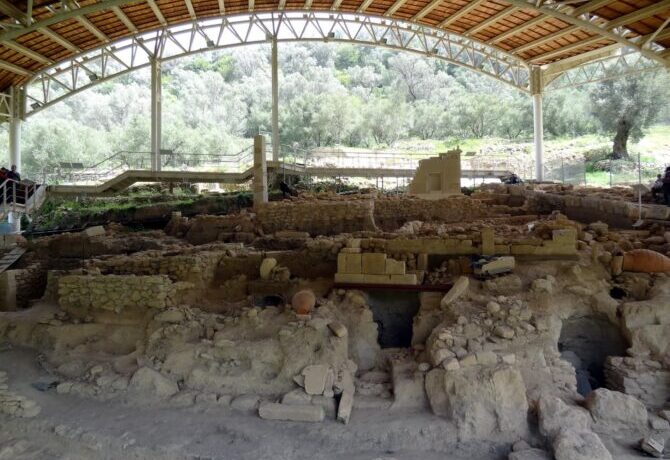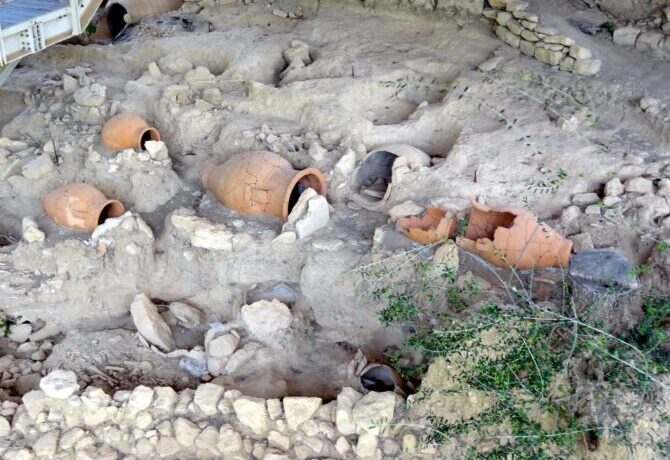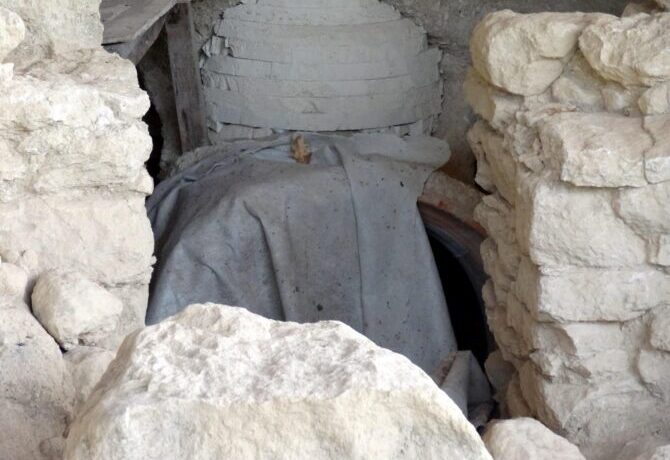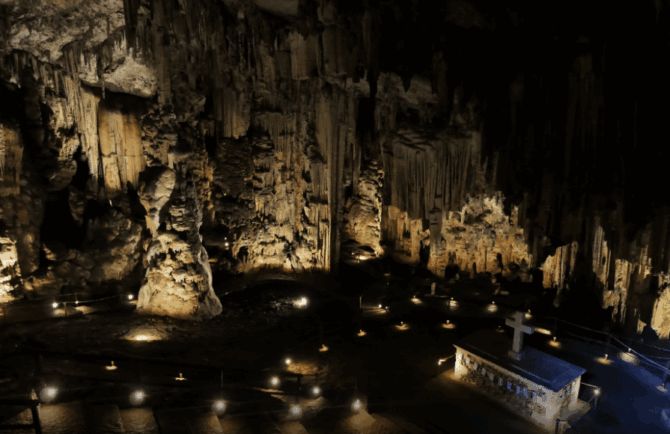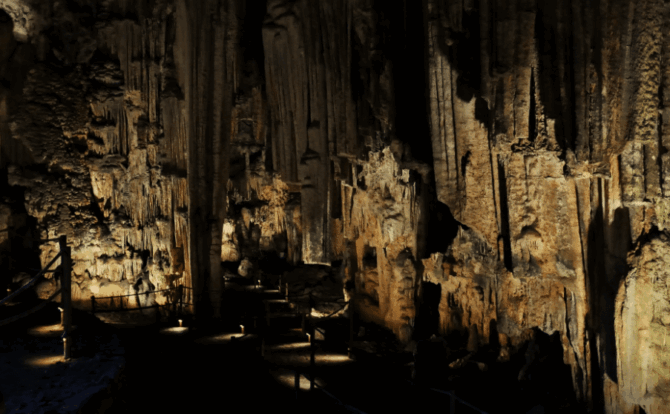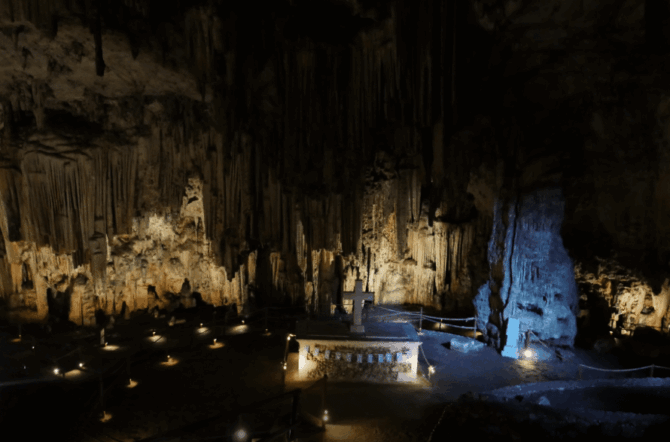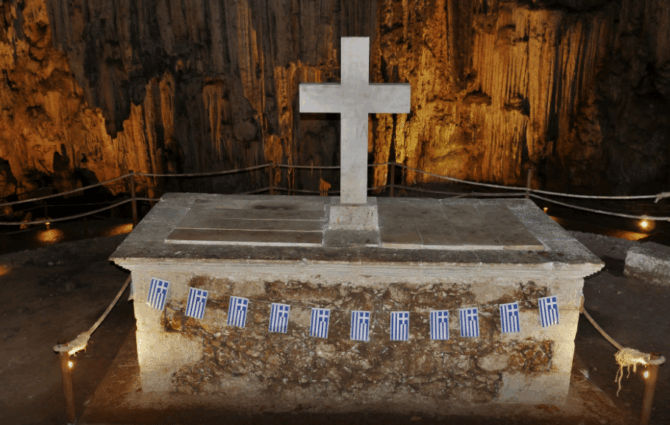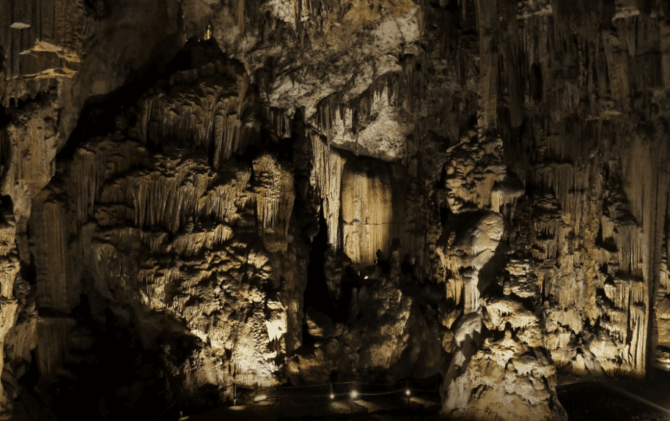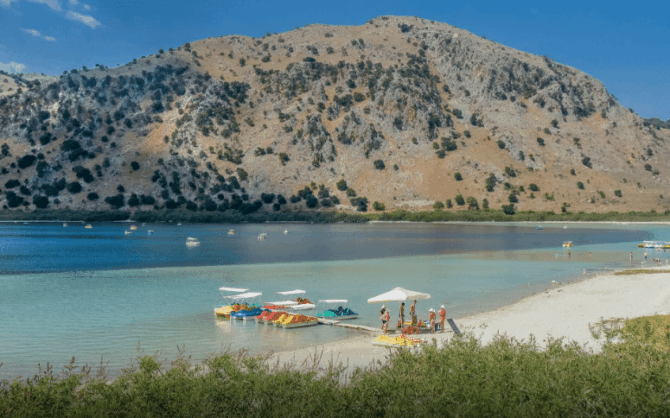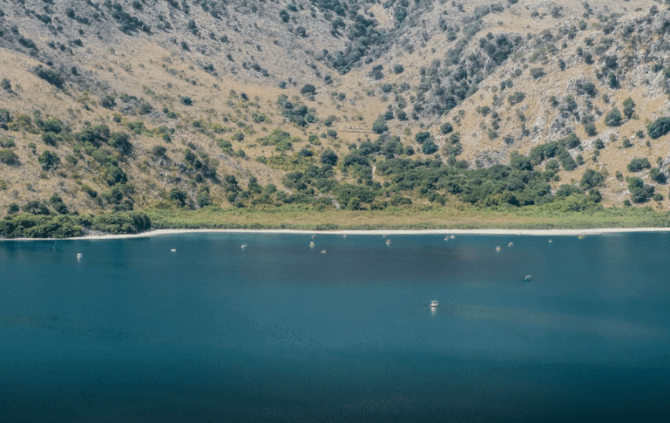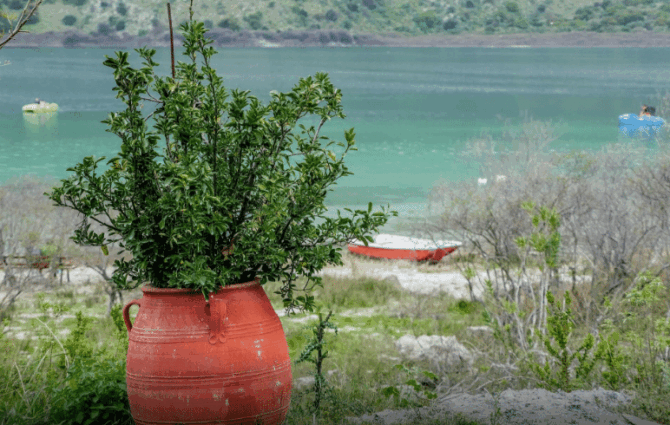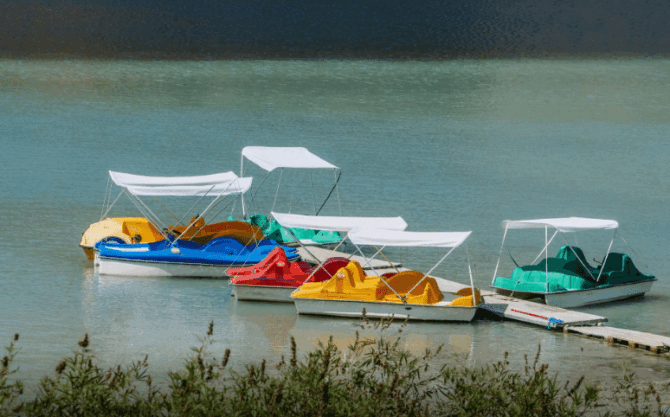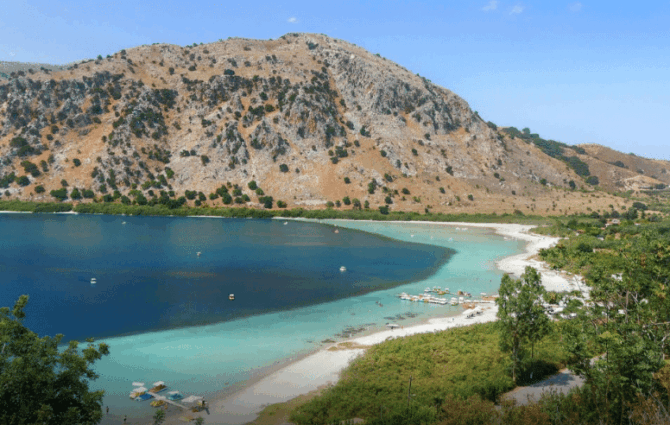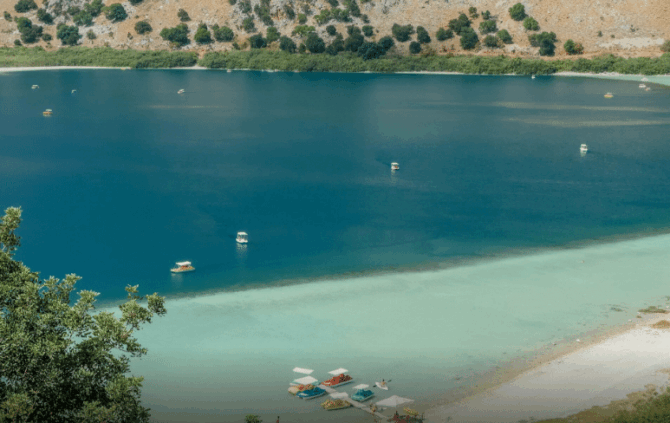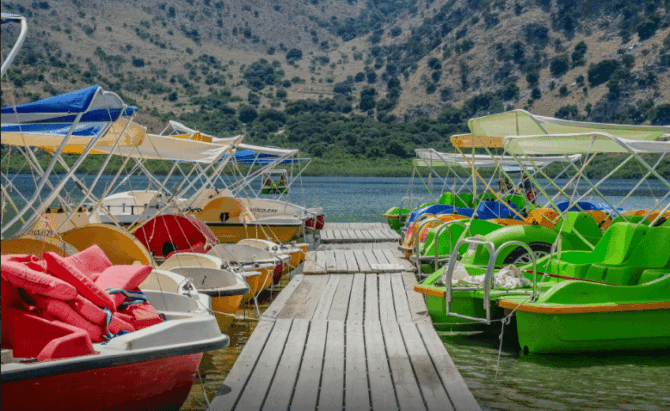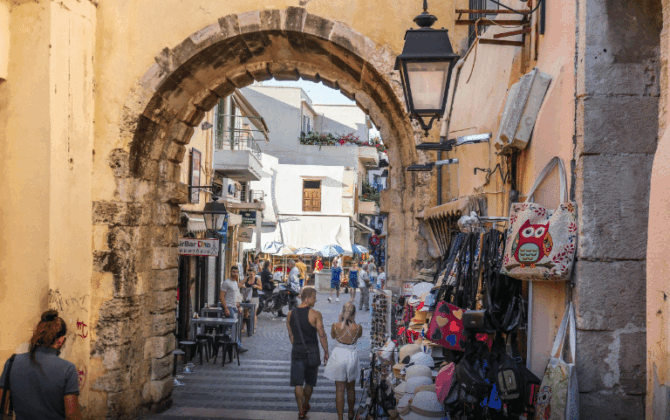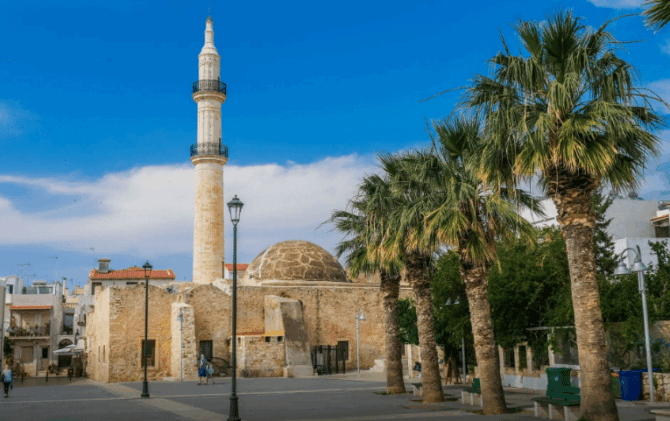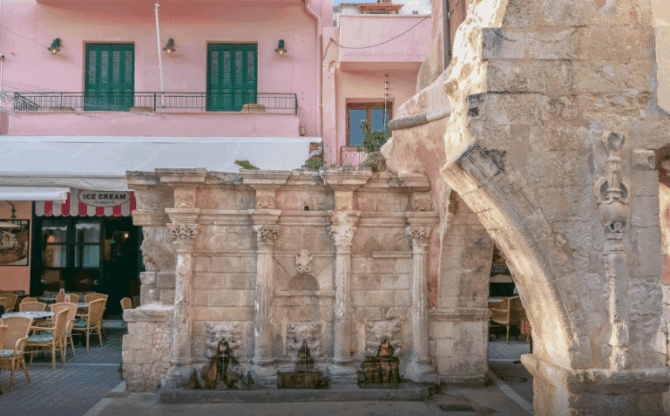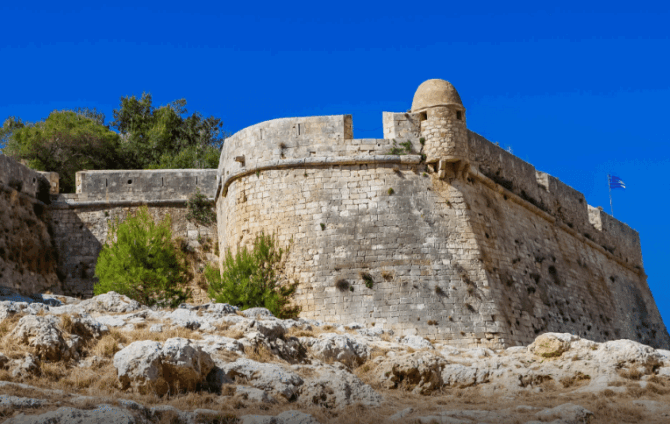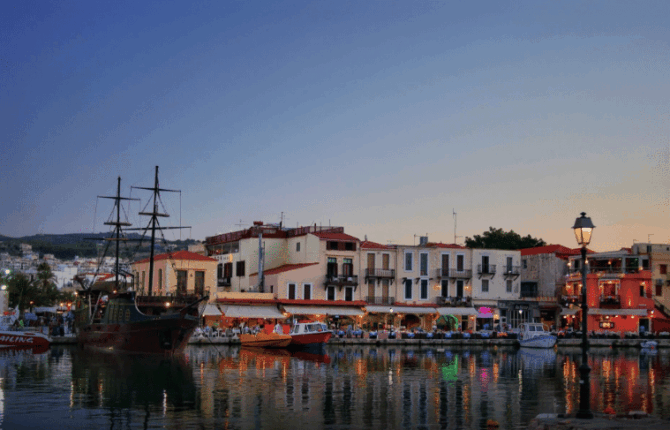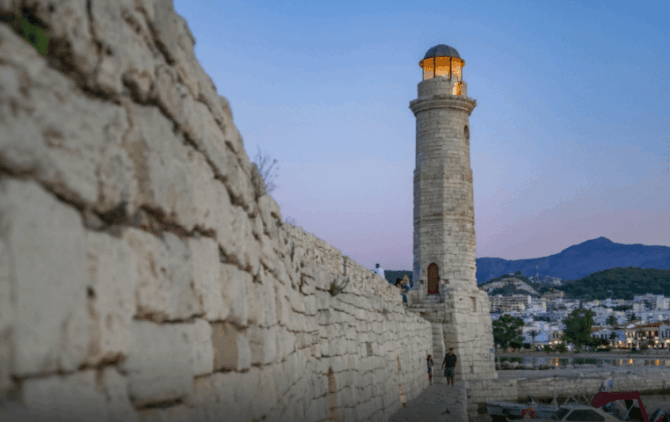There are many small resort villages in Crete, and each of them is interesting in its own way. The village of Sfakaki is one of them, and it is a wonderful place for a summer relaxing holiday. It is located on the most beautiful coast, and is visually divided into 2 parts: hotels along the sea, and across the road – the village itself.
The tourist season is quite long, from April to October, and at this time the sea is warm and clean, the sun is gentle, not burning. In Sfakaki beautiful nature, around grow firs, chestnuts and cypresses, you can find strawberry trees and beautiful orchids. It is also interesting that turtles of a rare species live and breed in this place, and therefore the villages together with the surrounding areas are protected.
In the vicinity of Sfakaki you can practice summer sports, walk along souvenir shops and restaurants serving local cuisine. Crete is a very hospitable and interesting place, with a rich history.
Not far from Sfakaki are the main historical and natural attractions of the region, we will tell about them now.
- 1 Attractions Sfakaki on map
- 2 Arkadi Monastery
- 3 Temple of Zoodochos Pigi
- 4 The oldest olive tree of Gree Ele
- 5 House-Museum of Polyos in the village of Asteri
- 6 Chromonastiri Military Museum
- 7 Agrofarm
- 8 Prassano Gorge
- 9 Mili Gorge
- 10 Archaeological Museum of Eleftherna
- 11 Melidoni Cave
- 12 Lake Kourna
- 13 City of Rethymno
Attractions Sfakaki on map
Arkadi Monastery
This is one of the most important monasteries on the island, located 20 km from the city of Rethymno, included in the list of UNESCO World Heritage Sites. Built at an altitude of 500 m above sea level, it is a symbol of the European Freedom Monument.
The history of the first buildings of the monastery began in the Venetian period, then the Church of the Transfiguration of the Lord and the limits of Saints Constantine and Helena appeared. The monastery is a real fortress in outbuildings in the courtyard, powerful walls with towers and loopholes. 100 m from the monastery there is a windmill, which became a crypt for the fighters-heroes of the Uprising of 1866. As for several centuries, and now, for the water supply of the monastery use underground storage facilities and wells nearby.
Temple of Zoodochos Pigi
The interesting name of the temple in translation means “Temple of the Life-Giving Source”. It was built just 2 km from the village of Sfakaki. Quite a long time ago, the Venetian monastery was located on this place, some architectural elements in the temple remained from it: in the plan of the building there is a cross, in the center – a dome. The relic of the Temple is a tomb of the Venetian period (16th century), it depicts the family coat of arms of Tsangarolo. Also inside you can admire the ancient frescoes of Peter and Paul, the Most Holy Theotokos.
The oldest olive tree of Gree Ele
Perhaps this is the most unusual natural monument in Crete, mysterious and beautiful. Scientists believe that they planted it in 650-550 BC, and now the tree is on the list of protected objects of the island.
To admire the unique olive tree, go to the town of Eleftherna. Both adults and children are amazed by the interesting shape of its crown and size: 15 people can stand around the trunk. They say that the tree has been living for 3000 years, and in a year the trunk increases in size by 0.6 mm.
In 1997, the Greek authorities officially recognized the tree as a monument, held a beautiful ceremony, during which they cut off a small tsp for the Olympic wreath. It was awarded to the winner of the marathon at the competition in Athens in 2004.
House-Museum of Polyos in the village of Asteri
The house of Polyos in the village of Asteri is not just a museum, but also a cozy coffee shop. The Greek traditions of hospitality are perfectly preserved in it. Seven rooms contain items of Greek antiquity: photographs, furniture and household items, a kitchen with a unique shape of buffets. Guests can enjoy a cup of coffee in a small house decorated with fresh flowers. By the way, they serve not only coffee, but also delicious dishes of Cretan cuisine. The founder of the museum-coffee shop Georg Polyudakis tried very hard to show his guests the real Cretan way of life and traditions, and he succeeded.
Chromonastiri Military Museum
This is one of the most famous military museums in Crete, owned by the State Ministry of Defense, so all the exhibits are kept in excellent condition.
Crete is an island with a great military history, in all centuries there were invaders who sought to gain a foothold here. It must be admitted that many succeeded in this, but in all ages against the enemies, except for the official army, a powerful guerrilla movement fought. Who wanted to host Crete and did it? In the Middle Ages – Muslims, then Catholics. The Venetian period was quite long, then the Muslims returned here again.
As a result of several wars of liberation, Crete was finally reunited with Greece only by 1913. The Second World War also left its mark on the island, the guerrilla movement resumed. You can learn about this and much more in the museum.
Agrofarm
Do you want to feel like a real Greek and live the day as it happens in the village? Subsistence farming is not easy, especially when the fruits of labor are highly valued and known for their high quality throughout the world.
What skills can be obtained at the Agreco eco-farm:
- Baking homemade bread in a real wood-burning oven. Such bread is usually eaten, dipped in olive oil.
- Visiting grape plantations, wine press, preparation of homemade wine. Grape leaves are used to prepare Greek dolmadakia, do it yourself.
- Care of animals: chickens, goats.
There are a lot of household chores, and the more pleasant it is to relax in the evening in a restaurant or have fun in the garden, taste dishes from natural products collected by your hands, buy something at the local grocery store.
Prassano Gorge
The natural monuments of Crete are unique places, and the Gorge of Prassano is no exception. This is an ancient canyon that was washed out in the mountain by melt waters. This is a cyclical phenomenon, and it is good that every holiday season it is drained, and tourists can come here.
The gorge is long, about 10 km, and deep (about 100 m). This is a great place for fans of extreme sports, because to walk through the entire gorge, sometimes you need to make your way to narrow places. The whole journey will take about 4 hours of leisurely walking.
Prassano is one of the most picturesque places, its bottom is covered with beautiful boulders and small pebbles. All this is surrounded by steep cliffs, in some places there are small reservoirs with fish. The gorge is away from civilization, this is the beauty. At the end of the route there is an arched bridge, which you can cross to a small local village.
Mili Gorge
The interesting name of the gorge comes from the Greek word “mili” – mills. Imagine that there are really a lot of mills in this place. They are located on the slopes, one hell another and look amazing! Each of them has its own story, and together they composed it.
More recently, there was a village in the gorge, and the inhabitants developed the production of flour. It was not difficult to do this, because all the mills worked on the water, for this purpose aqueducts were erected. Grain was transported from the city of Rethymno, the work was in full swing.
One can only be amjoicing the engineering talent of the local workers, who set up the system as follows: the flow of water from the gorge was directed into the vertical chute of the mill, flowed down under pressure and rotated the wheel. And since the mills were one above the other, the same water “passed” to the mill below.
Archaeological Museum of Eleftherna
There are so many antiquities in Greece that museums can be located literally everywhere. The city of Eleftherna is just where an exhibition was opened at the archaeological site. In three halls there are exhibits with more than 4000 years of history: social, political, cultural and religious life. Especially interesting are the exhibits dating BC.
Among the most interesting exhibits you can find the cenotaph – the first monument to the unknown soldier in the world, masterpieces of the era of Daedalus, statues of priestesses and ritual symbols of the era of Homer.
Melidoni Cave
This is the most beautiful and popular cave on the island and very unusual. For tourists, it causes various emotions: someone wants to return here, and someone on the contrary is afraid of something. They say her story isn’t exactly optimistic, who knows.
Nowadays, the cave is interested not only in tourists, but also in speleologists. Excavations were carried out, and scientists found out that the cave was used for a long time for rites and cults. Among the excavations was an axe and ceramic fragments, which means that in Minoan times there was a temple. Imagine that the animal bones found, along with ceramics, date back to 4,000-2000 BC, products of the Late Roman period. Ancient inscriptions on the walls speak of the god Hermes, he could be worshipped here, as well as Zeus and Talos, who guarded Crete.
Unfortunately, in the middle of the 19th century, the cave became the site of tragedy, when the Turkish invaders burned about 400 local rebels in it. Perhaps the memory of that terrible event gives the cave of Melidoni a gloomy hue, but no matter what, it is primarily a beautiful monument of nature.
Lake Kourna
In Greece, there are not so many lakes, especially freshwater, so Qurna is just that, and even very large. It is formed naturally, nearby is the village of the same day. In ancient times, this place was the city of Corion, the lake was called Korisya (after the ancient temple of the goddess Athena), and later the name was transformed by the Arabs. “Qurna” in Arabic is a lake.
No matter how the name changes, now the lake with such an ancient history is one of the main attractions of Crete, a great place for a picnic, swimming and just a peaceful holiday in the mountains. You can ride a catamaran and sit in a tavern on the shore.
City of Rethymno
A famous Cretan city 80 km from the capital, Heraklion. Before, and now, the Greeks call it Rethymnon.
The main historical attraction is the fortress of Fortezza of the 16th century, which has survived to this day in excellent condition. It was built as a center for the fight against pirates and was the most impregnable at that time. Its position on the hill makes it possible to see the mighty mountains of Ida and the endless sea. On the territory of the fortress there were warehouses, a house of advisers, barracks, the Bishop’s Palace, churches and a theater. In the 17th century, it was captured by the Turks and a mosque was erected here. As a result of the reconstruction of the entire territory, the fortress began to seem so massive that it acquired the title of the largest in the Venetian era.
At the end of the 19th century, all archaeological finds were placed in the museum, here, in one of the towers.
You can’t drive around the historic part of the city, it’s a pedestrian zone, but it’s so beautiful that walking on it is a pleasure. Admire the ancient architecture, visit the shops and cafes. By the way, for shopping lovers here is a paradise: there is everything from simple things to world brands.
Rethymno is known for the largest university on the island, and in the summer it is also a cultural center with festivals and exhibitions.
You can learn about the traditions of Rethymno and the whole of Crete in the historical and ethnographic museum, which occupies a 17th-century mansion in the city. Here are exhibited tools of weavers, lace, objects made of metal and ceramics.
In the center of Rethymno, on Platanu Square, there is a very beautiful fountain, created in the 17th century. It consists of 3 lion heads, the water from them pours into 3 reservoirs, all this symbolizes the freedom of the island and the country as a whole.
Tourists who love Greece come here not only for the sun and the sea, but also for new historical knowledge, interesting acquaintances and excellent memories. The smaller the city in Crete, the older its history. Come to Sfakaki and get a multifaceted pleasure from your vacation!

